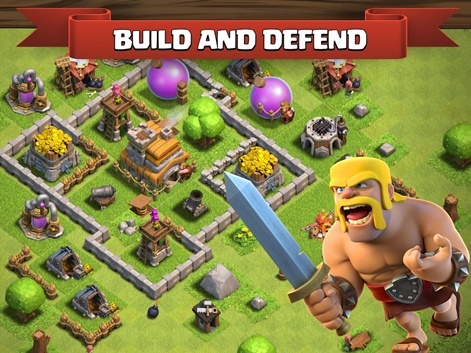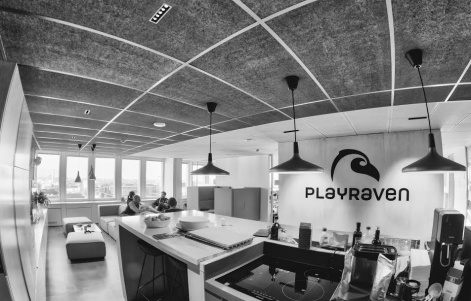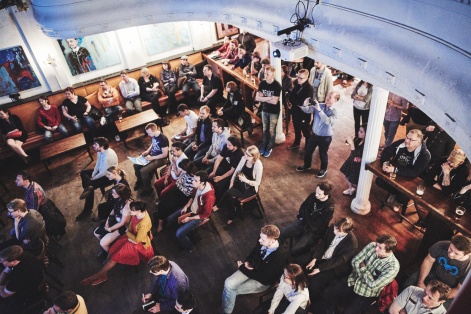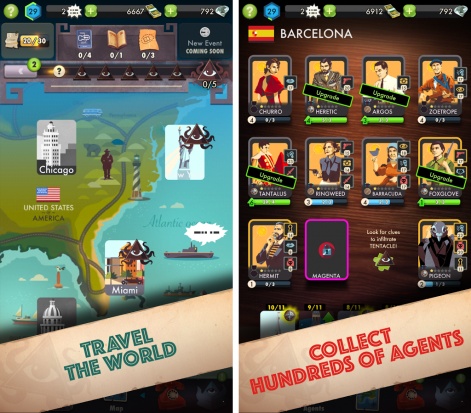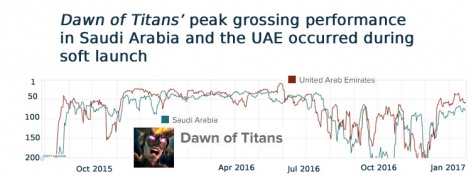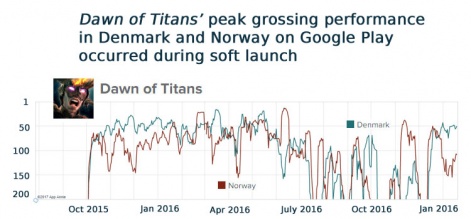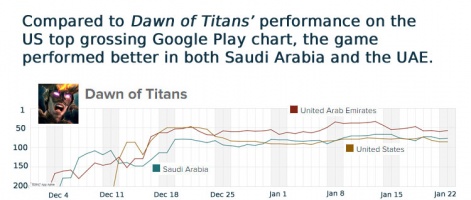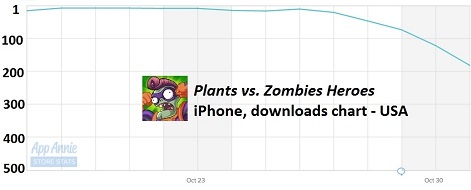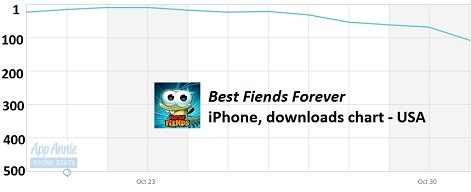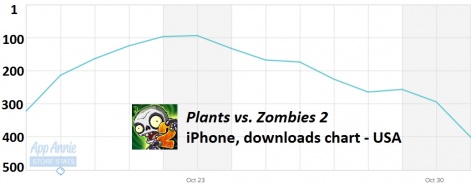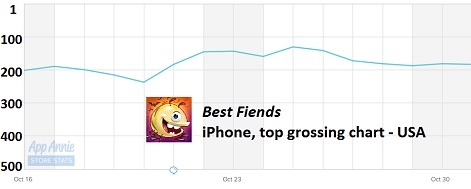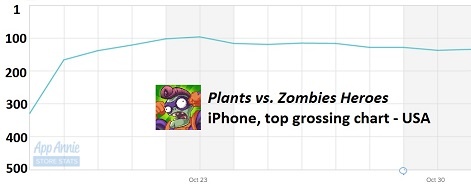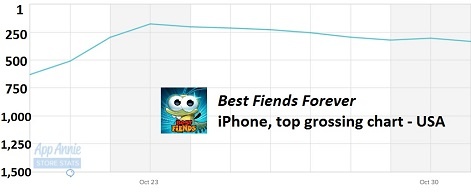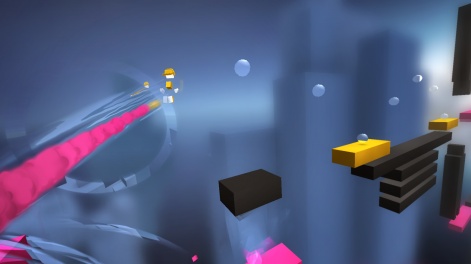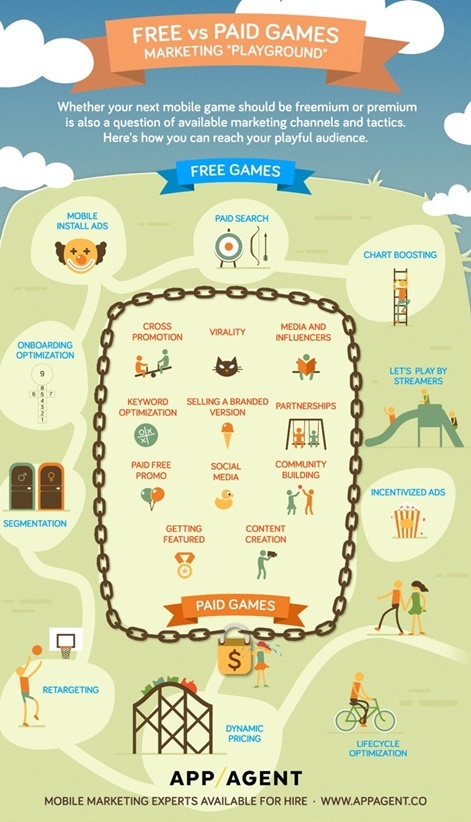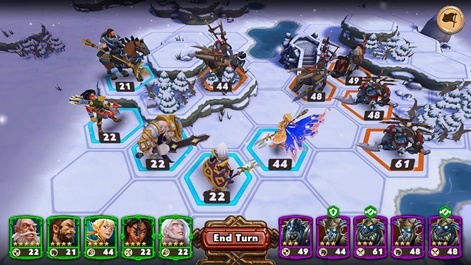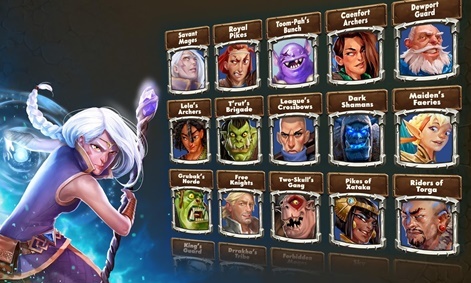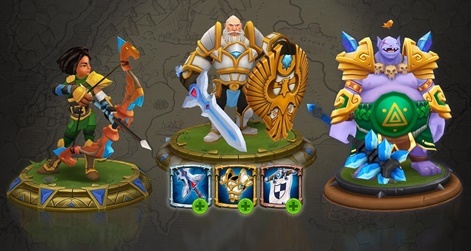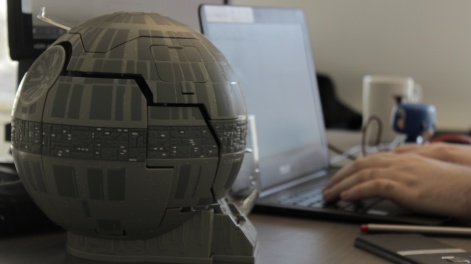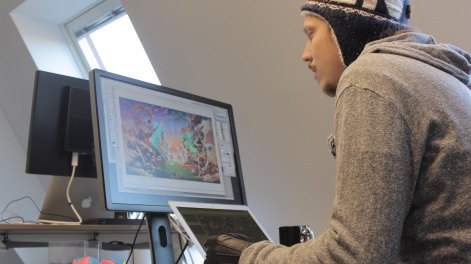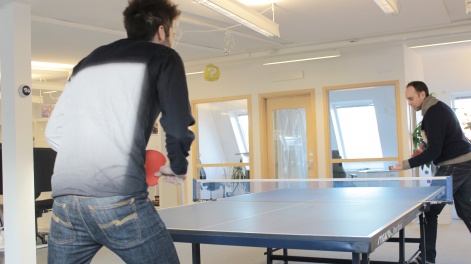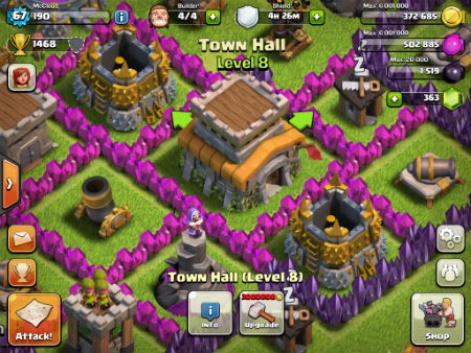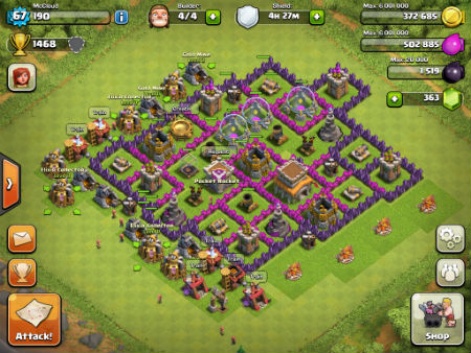What do you do when your college course isn't working out for you?
For the aptly named Dropout Games the answer was simple - quit, and start on your own path.
Now, after the launch of UNWYND - which found success on iOS after it was featured by Apple - the Indian studio has released its second game, Blyss, a simply styled but clever puzzle game.
We talked to Ankush Madad, the studio's co-founder and creative head, about how the studio came to be, the making of its second title, and its plans for the future.
PocketGamer.biz: What made you decide to start Dropout Games?
Ankush Madad: My co-founder Sujeet and I had met at DSK Supinfogame, India's prime institute for __game Design & Development learning. We were classmates there.
Even though it's the best college in India, there was a lack of coherence in what was taught and what should've ideally been taught.
Things had become chaotic during our second year at DSK and we had decided to drop out individually.
Couple of months later, we got in touch once again for a project we had been working on during our college days.
We asked each other about our plans for future, and after a month long discussion, Dropout Games was formed in September 2014.
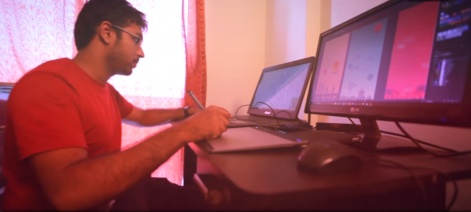
So, now you know why we’re called Dropout Games.
From there on, we spent half a year to learn the trades and tools of the industry, prototyped several concepts, and participated in numerous __game jams.
As soon as we got our hands on an interesting concept, we jumped on its development straightaway.
That concept was UNWYND.
We’re also thinking about expanding to different genres as well as platforms.Ankush Madad
UNWYND released, giving us our fair share of critical and commercial success and, more importantly, teaching us a lot about production.
Who makes up the team, and what are your backgrounds in games?
While working on Blyss, we expanded the team and added an artist. He also happens to be one of our ex-collegemates and a fellow dropout.
After Saurabh joined the team, the three of us worked together on Blyss.
Sujeet and Saurabh handle the Programming and Art respectively while I handle the design and business part of things.
We’ve recently been joined by our 4th member, Siddhesh, who comes from a 3D art & level design background.
It's been nearly nine months since we last spoke to you at NASSCOM 2015 about UNWYND – what's changed for the company since then?
Apart from addition of new members to the studio, we’re also thinking about expanding to different genres as well as platforms.
Steam is one of the primary platforms we wish to target with our upcoming games.
How did the idea for Blyss come about?
The idea for Blyss came to us when we were wrapping up UNWYND on iOS.
During those days, we'd had some internal game jams and we were also scribbling in our notebooks from time to time, trying to come up with something unique and simple, but more engaging than UNWYND. We wanted to try a puzzle/match-3ish mechanic this time.
During one of those scribbling sessions, we just kind of stumbled upon this 3-4 mechanic that we have in Blyss. Everything else fell into place as we explored the mechanic further.
We were being offered a big upfront and a lot of promises to change our vision for the game.Ankush Madad
How long did development take, and did you use any notable tools?
The overall development took 13 months.
As for the development, we've used Unity to develop the game, and most of the artwork was done using the Adobe toolset.
You were offered the chance to work with a publisher but chose to stay independent – what was the reasoning behind this decision?
Our hesitation on collaborating with publishers had more to do with the kind of model that the publishers wanted.
Some big mobile publisher, whom I'd prefer not to name, wanted us to straightaway check out Candy Crush Saga and Two Dots and copy their free-to-play model using our game's core mechanics.
We, on the other hand, insisted on having a freemium model that made more sense for us. It was a "changing to game for the model vs. adapting the model to the game" argument.
We were being offered a big upfront and a lot of promises to change our vision for the game.
The idea didn't click with us and we finally decided that we’d self-publish the game instead of changing the entire game to something we hadn’t intended for it.
What is it about the premium pricing model that appeals to you over free-to-play?
It had less to do with a personal preference and more to do with our internal strategy.
Let's just say that the Android part of things will be different.
Blyss uses coins as an in-game currency, but no option to acquire any outside of playing the game. Why did you choose this style of currency?
It’s very common in paid games to reward players with in-game currency based on their gameplay, Ridiculous Fishing being a good example of that.
Similarly, in Blyss you get currency based on how high you reach and the method you've used to reach there.
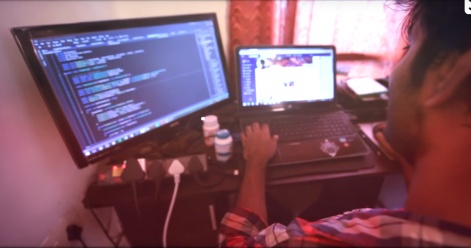
The economy has been fairly balanced and people are able to unlock the content at the right pace.
We've tried to keep the model as flexible and adaptive as possible, keeping the Android release in mind.
How happy are you with the game's launch so far?
It’s getting tougher and tougher to make money from the premium model.Ankush Madad
It was a satisfactory launch and had surpassed our initial expectations.
Things don't look as promising for paid games though, from a financial standpoint.
It’s getting tougher and tougher to make money from the premium model.
What plans do you have for Blyss in the future?
We’ve some updates in store and we've started working on the Android version of the game.
What does the future hold for Dropout Games more generally?
As I’ve mentioned above, we're exploring different platforms for our upcoming games.
We’ve already started prototyping some interesting stuff and, will be focusing majorly on Blyss' Android launch in the near future.
